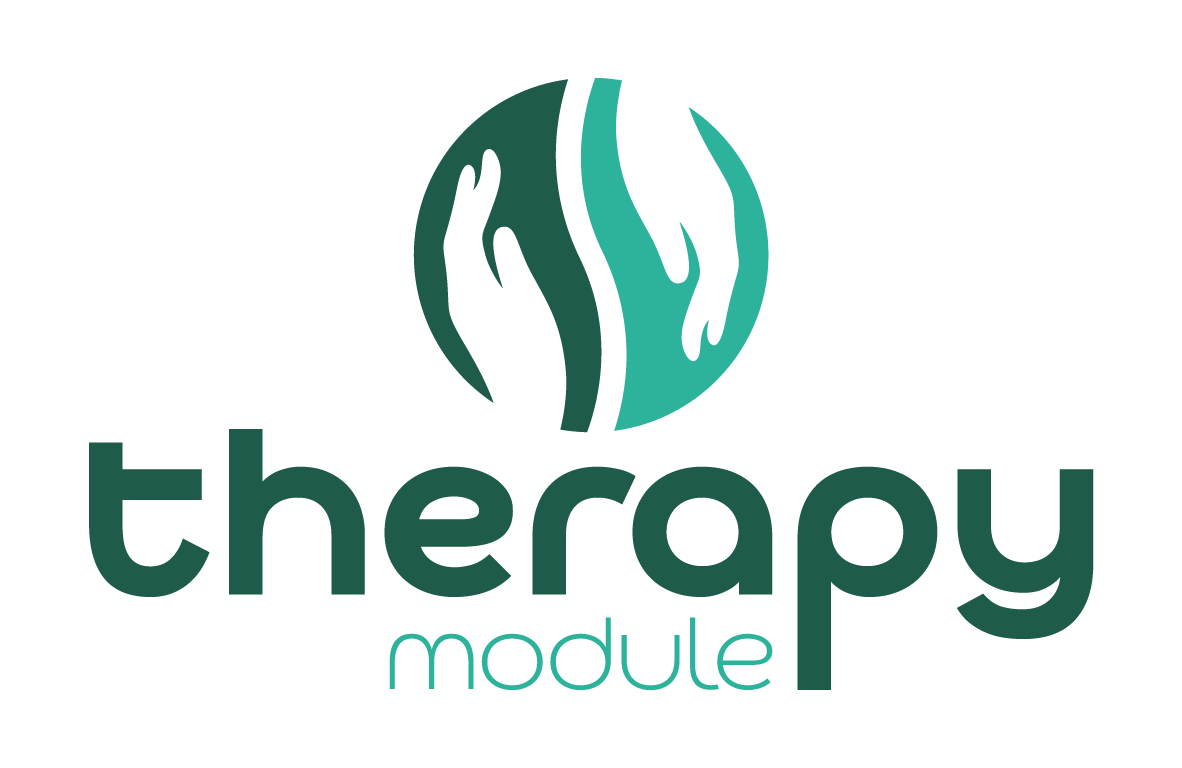Past Traumatic Experiences Module
Post-traumatic stress disorder | Depression | Reliving traumatic events | Avoiding things related to the event | Feeling more irritable/tense | Shame, guilt or a negative self-image | Gloom | Concentration problems | Unexplained physical symptoms | Sleep problems | Fears, panic, anxiety, restlessness | Stress | Motivational problems | Eating problems | Chronic pain | Addictions
Through our “Past Experiences” module, our program enables users to identify life stories from the past that disturb them and to process these stories using the EMDR method. The aim is to ensure that these memories no longer disturb the individual in the present. This is accomplished in conjunction with techniques that teach self-emotion regulation. Upon completing the module, individuals can both learn and enhance their emotional regulation skills and ensure that memories from the past no longer cause distress. If needed, the “Present Triggers” module and the “Future Scenarios” module are incorporated into the process.
Product Description
What benefits can you experience?
Gain the ability to deal with uncomfortable situations
Freedom from past bad experiences
Regain lifecycle functionality
Develop a healthy approach to situations
Objective
The goal is for users to gain a better understanding of the sources and causes of their current distress by reprocessing triggering memories through the EMDR module. They are expected to make these memories functional and develop the ability to self-regulate their emotions when triggered.
Outcome
After completing the module, users will notice that the distressing effects of past memories no longer hold power over them. They will have acquired new resources to cope with challenging life events and the ability to self-regulate. If there are still distressing triggers in their present life, it is recommended to proceed to the Current Triggers Module.
Module outline
Emotional balance is crucial for maintaining emotional well-being. In this stage, users are taught emotional regulation skills and mindfulness techniques to identify, understand, and manage emotional responses. Additionally, guidance is provided to help users identify specific memories they wish to work on with EMDR. These memories will serve as the focus of their goals and drive their progress. The Past Traumatic Experiences EMDR module serves as a specialized tool to reduce the effects of past traumatic experiences.
The stage of “Initiating Memory Desensitization and Developing Adaptive Habits” in the EMDR module is a significant step in desensitizing past traumatic memories and developing new healthy habits.
During this stage, the selected memories for processing are chosen, and desensitization work begins on these memories. The Eye Movement Desensitization and Reprocessing (EMDR) technique is used to reduce the emotional charge of the memories and alleviate their impact. By focusing on the sensory details of the memory, users aim to decrease its intense emotional effects.
The desensitization process provides users with techniques to reduce the emotional burdens associated with their traumatic memories. Users are taught effective methods such as visualization, auditory exposure, and other approaches to diminish the intense emotional effects of their memories. During this process, users begin to feel safer and more comfortable.
At the same time, the resource installation stage helps users explore their internal strengths and supportive resources. Our program offers effective methods for users to revive and reinforce their internal resources. These internal resources provide support and confidence during challenging times. Through our program, users gain access to their internal resources and achieve a more balanced and healthier mental and emotional state.
The reprocessing process allows users to gain a deeper understanding of their traumatic memories and process them from a healthier perspective. Our program provides guiding steps for users to review their traumatic memories, reevaluate thoughts and emotions associated with those memories, and develop a new perspective.
Breath work assists users in experiencing relaxation and calmness. Our program teaches users deep breathing techniques, mindfulness exercises, and meditation as breathwork practices. These techniques reduce stress, increase mental clarity, and help users achieve a more balanced mental and emotional state.
The duration of continuing this processing stage depends on the individual’s experience. Users guide their own healing process with the support and guidance provided by our program and can continue with this stage until they reach their goals.
The stage of “Identification of New Target Memory and Desensitization” allows our users to take control of their own process and focus on their chosen target memory. We provide them with the necessary tools to effectively work with their selected memory. Through our program, users can desensitize the chosen memory, experience it with less emotional intensity, strengthen their internal resources, and achieve a healthier mental and emotional state.
Our users continue to work more deeply with their selected target memory through the program. The desensitization process aims to help users reduce emotional reactions associated with their chosen memory and become less sensitive to it. By using desensitization techniques, users can observe their memories more objectively, alleviate emotional burdens, and diminish the negative effects of the past.
However, the desensitization process may vary for each user. Each individual’s experience is unique, and the personal journey of healing can progress at different paces. Our program encourages users to understand the individual nature of this process and proceed at their own pace.
The stage of “Reprocessing and Breathwork” allows our users to delve deeper into their new target memory and facilitate profound self-healing. Our program supports internal healing by combining reprocessing techniques and breathwork. Users reduce the negative effects of their chosen memory, release emotional burdens, and achieve a more positive mental and emotional state while working on their selected memory.
Users may choose to focus on further working with memory by selecting it from their target memory list. This newly chosen memory can reflect an experience where the user seeks deeper relaxation, understanding, or empowerment. Our program guides users to understand the significance of this memory, identify its emotional impacts, and concentrate on the desensitization process.
Desensitization exercises help users experience their selected target memory with reduced emotional intensity. Through the techniques learned in previous weeks, our program assists users in diminishing the emotional impact of the memory. Users can observe their memories more objectively, experience less stress and anxiety, and activate their internal resources to achieve a more positive mental state.
During this week, users further engage in desensitization exercises with their chosen target memory, reducing their emotional reactions even more. Users can observe their memories more objectively, further diminish the negative effects of the past, and strengthen their internal resources. Our program guides users to explore desensitization techniques and resource installation processes more deeply, allowing them to progress at their own pace.
Desensitization focuses on reducing emotional reactions associated with the chosen target memories. However, desensitization is not solely a mental practice; the body is also a part of the emotional experience, and therefore, a grounding exercise complements the desensitization process.
A grounding exercise helps users connect with their bodies and experience the present moment. These exercises often involve techniques such as breathwork, meditation, or body awareness. Users apply these techniques to reduce tension, stress, and anxiety in their bodies.
During this stage, users continue to alleviate emotional burdens by revisiting previously processed target memories. The reprocessing process enables users to focus on their memories, observe emotional reactions, and process these reactions in a more constructive and healthy manner.
Breathwork remains an essential tool during this stage. Users continue to practice deep breathing and utilize breath techniques that strengthen the body-mind connection, promoting further relaxation.
With familiarity and confidence in the chosen target memories and the reprocessing process, users progress with increased self-assurance and consciousness.
“Identifying New Target Memories and Desensitization” is a recurring component of our program. This stage offers users the opportunity to select a new target memory and continue the desensitization process.
During this stage, users choose a new target memory following the previously processed memories. This selection allows users to incorporate personal and emotional goals into their therapeutic process.
The desensitization process aims to reduce the emotional burden associated with the newly chosen target memory. Users employ various techniques to observe and process their emotional reactions related to this memory in a healthier manner.
The title “Desensitization and Walk” represents a stage in our EMDR program. This stage provides users with the opportunity to use walking as a therapeutic tool to support the desensitization process and strengthen the body-mind connection.
During this stage, users utilize walking as a therapeutic tool to alleviate emotional reactions associated with a specific target memory. Walking supports the desensitization process through the relaxation and mental focus facilitated by physical movement.
The “Desensitization and Walking” stage supports users in incorporating physical movement into the therapy process and releasing emotional burdens. This stage is an important step towards emotional healing and positive transformation.
We strive to help our users feel more at ease and reach a more emotionally balanced state during this stage of our program.
“Reprocessing and Grounding Exercise” represents the final stage of the reprocessing process in our EMDR program. This stage allows users to utilize grounding exercises to deepen the processing of the targeted memories, establish equilibrium, and complete the process of emotional healing.
During this stage, users focus on the previously processed target memories while engaging in grounding exercises to become more aware of their bodies and surroundings.
The “Integration, Control, and Session Closure” stage represents the final step of our EMDR program. This stage is designed for the user to complete the processing, gain control over past experiences, and conclude the therapy session properly.
In this stage, the user focuses on strengthening control over the processed memories. They realize that past experiences have diminished their impact and that they can now focus more strongly on the future. This enhances the user’s self-confidence and allows them to focus on positive changes in their lives.
Session closure is also a part of this stage. The therapy session involves the user dedicating a specific period to focus on therapeutic work and complete the processing process. At the end of the session, the aim is for the user to reach a state of relaxation, balance, and improved well-being.
Our program provides various tools to support the user during this stage. These may include closure rituals, relaxation techniques, or reinforcing positive thoughts for the future. The user concludes the therapy session with a sense of confidence and safety.
The “Past, Control, and Session Closure” stage enables the user to move forward towards a healthier future, completing the therapy process. This stage supports the user in gaining control over past experiences and becoming the manager of their own life.
Additional Information
| Duration | 16 weeks |
|---|---|
| Time commitment | 15-45 min per day |
| Language | English |



